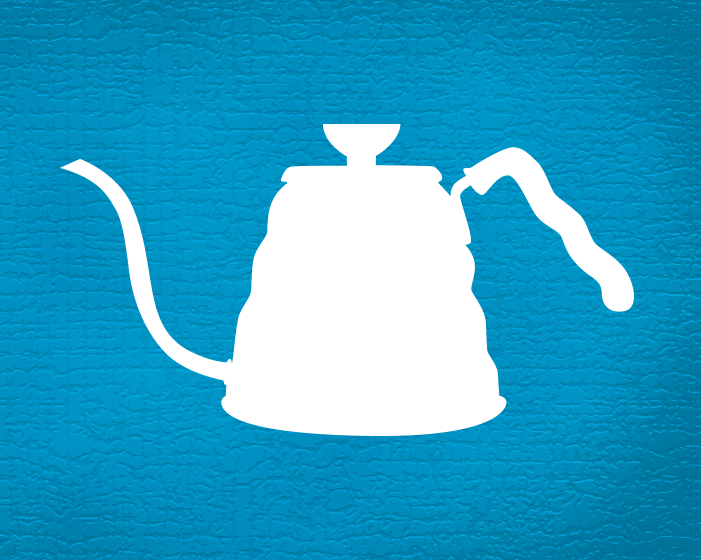[T]he beauty and terror of manual brewing is all that it exposes. A perfectly crafted pour-over, à la something you might find in the US Brewers Cup, showcases the remarkable intention and skill that exists in the coffee industry.
On the other end of the spectrum, however, is a massive opportunity for error that manual brewing offers. It can expose a bad coffee, bad water, bad grinder or grind calibration, bad technique, bad equipment, and so much more. Allow me to elaborate.
Pour-over coffee, a type of manual brewing, involves pouring hot water over ground coffee and through a filter. The water is introduced at a slow, consistent rate, extracting flavor compounds as it drains through the coffee bed. Unlike immersion methods, where the coffee steeps in water for a set amount of time, fresh water is replenished throughout the pour-over brewing process. Pour-over devices include the Chemex and V60.
Regardless of the extraction method, the brewing variables, such as coffee quality, temperature, technique, and time, are similar and the result should be a cup of coffee that tastes much like what you’d make with a batch brewer. The difference is that the pour-over coffee is constructed with intention; the barista must not only make decisions, they must also execute, by hand, each aspect of brewing.
With manual brewing, each variable and each step in the process is independently important. Optimally, coffee should be fresh, of high quality, and ground just before brewing. Water should be clean (no visible impurities and free of tastes like chlorine, metals, and minerals), and warmed to somewhere between 195 and 205 degrees Fahrenheit. The pouring technique requires focus, consistency, and control so that the water is in contact with the coffee for the optimal amount of time.
Thus, there’s room for human error in each step. Whereas most batch machines have pre-set brew ratios, water temperatures, and infusion intervals, the barista needs to control these steps with robot-like precision. For example, pour too quickly and the coffee may be underextracted, with water passing through the coffee without enough time to properly extract flavor.
The upside, however, is a terrific opportunity. It’s the opportunity to treat each coffee as its own product. After all, coffee is highly variable and no two batches are the same. Manually brewing allows a barista to make small changes that optimize extraction for the coffee at hand. For example, the water temperature for our SHB Guatemala can, and perhaps should, be different than the water temperature for our Panamanian gesha.
It’s the opportunity to slow down and reflect—the coffee we’re about to brew started a life years ago, touched dozens of hands, and now will reach its end in your cup.
It’s the opportunity for hospitality. A well-extracted espresso may take 30 seconds, but this process usually takes 2 to 6 minutes, allowing for much more interaction between a barista and a customer; a host and a guest.
It’s the opportunity for the barista to showcase passion and skill and intelligence, all the years of training and practice that have led to this moment and this pour-over. Coffee is a craft, and pour-overs offer us a prime showcase.
—Brian Helfrich is the co-owner of Summit Coffee Co.















